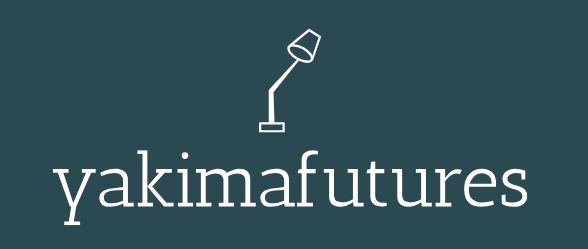Understanding the Thor Physique
Chris Hemsworth’s portrayal of Thor in the Marvel Cinematic Universe has captivated audiences with his impressive physique. It’s a combination of massive muscle mass, impressive strength, and a low body fat percentage. Achieving this level of fitness requires dedication, a well-structured workout plan, and a carefully considered diet. This “Get the Thor Body Ultimate Workout Guide” will delve into the key components needed to build a similar physique, emphasizing realistic expectations and a sustainable approach.
The Foundation: Strength Training
The cornerstone of a Thor-like physique is strength training. Forget endless cardio; this is about building serious muscle. Focus on compound exercises that work multiple muscle groups simultaneously. Think squats, deadlifts, bench presses, overhead presses, and rows. These are the king and queen exercises that will pack on the muscle mass. Aim for 3-4 sessions per week, allowing ample rest between workouts for muscle recovery and growth. Proper form is crucial to avoid injury and maximize results. Consider working with a trainer initially to learn correct technique.
Specific Exercises for a God-Like Build
To sculpt a physique like Thor’s, you need to target specific muscle groups. For the chest, incorporate variations of bench presses (incline, decline, flat), dumbbell presses, and flyes. For back development, pull-ups, lat pulldowns, rows (barbell, dumbbell, cable), and face pulls are essential. Legs require squats, deadlifts, lunges, leg presses, and hamstring curls. Shoulders need overhead presses (barbell, dumbbell), lateral raises, and front raises. Don’t forget about biceps and triceps with curls and extensions, respectively. Remember, variation is key to avoid plateaus.
Rep Ranges and Sets for Maximum Hypertrophy
To build significant muscle mass (hypertrophy), you need to work within specific rep ranges and sets. Generally, 8-12 repetitions per set, with 3-4 sets per exercise, is a sweet spot for muscle growth. However, you can incorporate different rep ranges to target different muscle fiber types. For example, higher reps (12-15) can build muscular endurance, while lower reps (1-5) focus on maximal strength. Listen to your body, and don’t hesitate to adjust the weight and rep ranges based on your individual progress and capabilities.
The Importance of Progressive Overload
Progressive overload is the key to continuous muscle growth. This means consistently challenging your muscles by gradually increasing the weight, reps, or sets over time. As you get stronger, you must progressively increase the demands placed on your body. This could mean adding weight to the bar, increasing the number of reps or sets, or incorporating more challenging variations of the exercises. Tracking your progress is crucial for ensuring you are consistently pushing your limits and stimulating muscle growth. Use a workout journal to record your sets, reps, and weight lifted.
Nutrition: Fueling the Thor Transformation
Your workout regimen is only half the battle; nutrition plays a crucial role in achieving a physique like Thor’s. You need a diet that provides sufficient calories to support muscle growth, while also being mindful of maintaining a low enough body fat percentage to showcase your hard-earned gains. Focus on consuming a high-protein diet, including lean meats, poultry, fish, eggs, and legumes. Incorporate complex carbohydrates for energy, such as brown rice, quinoa, and sweet potatoes. Healthy fats are also important, sourced from sources like avocados, nuts, and olive oil. Stay hydrated by drinking plenty of water throughout the day.
Cardio and Active Recovery
While strength training is the priority, incorporating some cardio can be beneficial for overall health and well-being. High-Intensity Interval Training (HIIT) can be a time-efficient way to improve cardiovascular fitness without hindering muscle growth. Active recovery, such as light walks or swimming, can also aid in muscle recovery and reduce the risk of injury. Remember that balance is key; don’t overdo cardio to the detriment of your strength training.
Rest and Recovery: The Unsung Hero
Rest and recovery are just as critical as the workouts themselves. Your muscles grow during rest, not during training. Aim for at least 7-8 hours of sleep per night. Allow adequate rest between training sessions, and don’t hesitate to incorporate rest days into your weekly routine. Listen to your body, and don’t push through extreme fatigue or pain. Overtraining can lead to injuries and hinder progress. Prioritize sleep, nutrition, and rest for optimal results.
Consistency and Patience: The Long Game
Transforming your body takes time and dedication. There are no shortcuts. Be patient, consistent, and persistent in your efforts. Focus on making gradual, sustainable changes to your lifestyle. Celebrate your successes along the way, and don’t get discouraged by setbacks. Remember that consistency and patience are key to achieving your long-term goals. Embrace the journey, and enjoy the process of building the body you desire. Read also about thor workout plan


